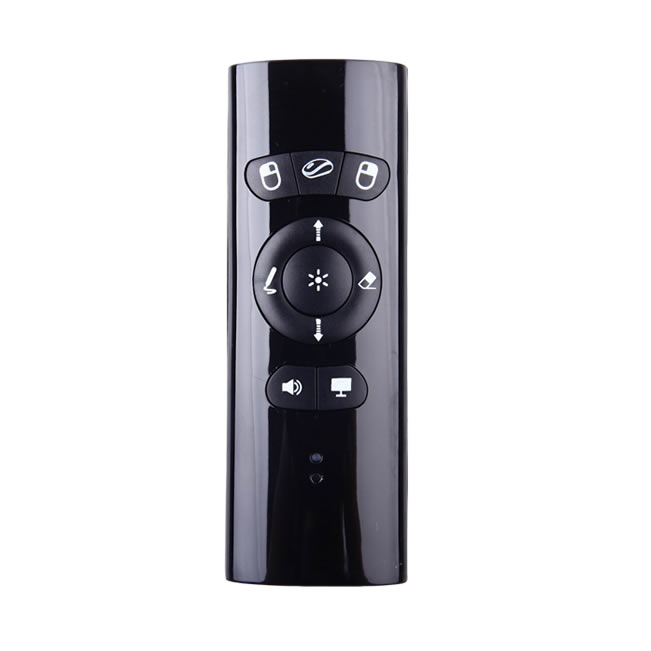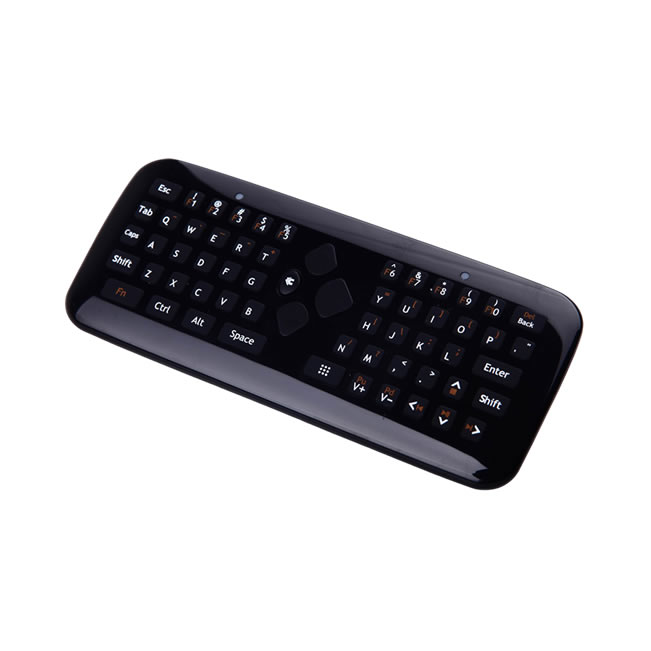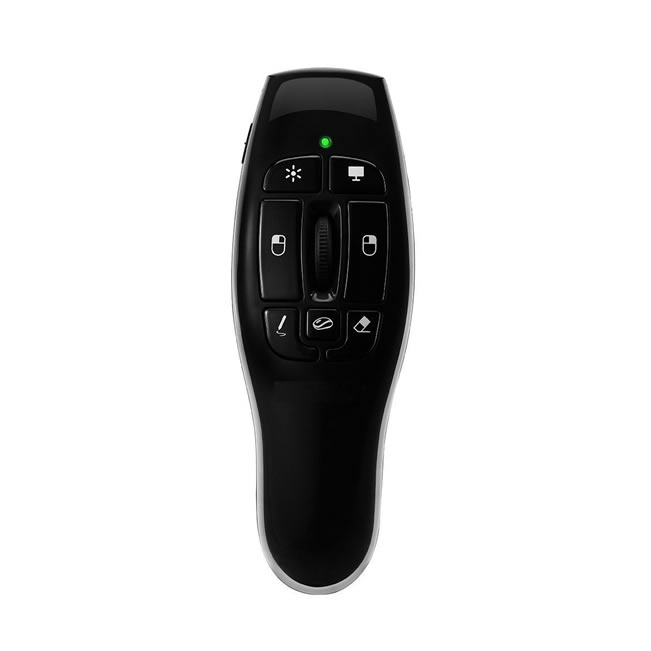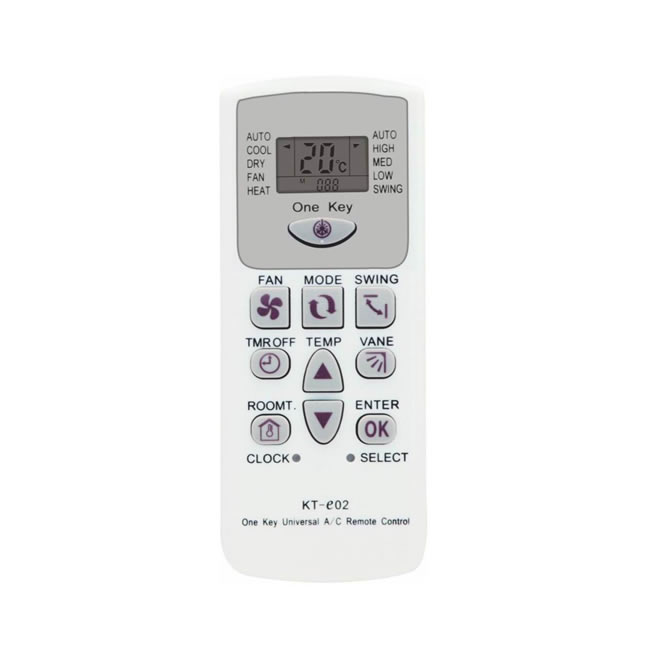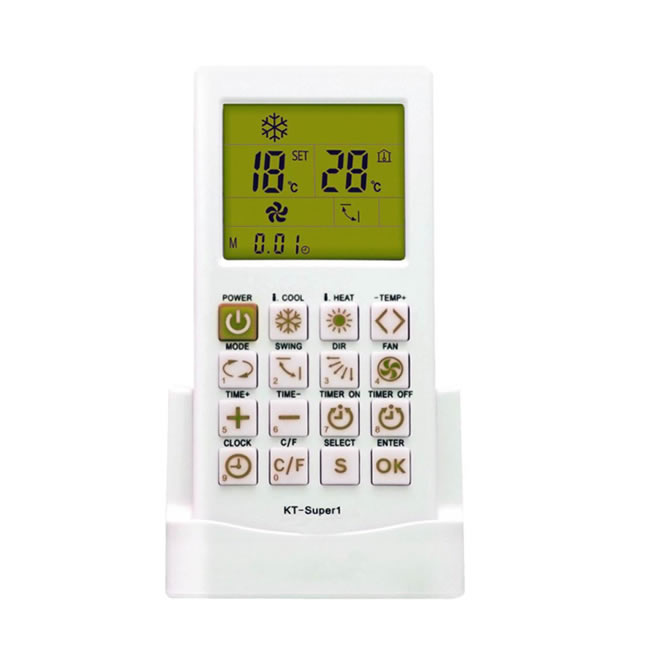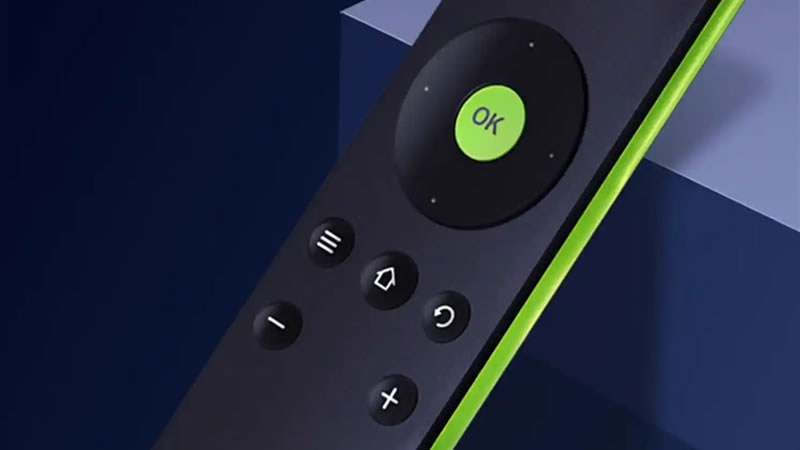
In today's world, wireless remote controls are ubiquitous and used in every household. For example, our televisions, air conditioners, and other household appliances are extremely common. So, what is the basis for wireless remote controls to achieve their functions? Let me introduce it in detail to you.
Wireless remote controls have brought great convenience to our daily lives. It is unknown who invented the remote control. Our current remote control is a configuration that uses remote control to control machines. Its structure consists of an integrated circuit board and buttons that send different messages.
With the advancement of technology, the types of our wireless remote controls have also increased. There are usually two types: one is the infrared remote control type, which is commonly used in household appliances, and the other is the wireless shake control mode, each with different characteristics and usage ranges.
Infrared remote control:
It is a remote control device that sends control messages based on infrared radiation in the range of 0.76-1.5 ¦Ì m. Generally, its system is divided into two types: reception and transmission. Reception is mainly achieved by infrared receiving diodes, which are square and circular. When we use it, we apply a reverse bias to the infrared receiving diode, and it can work normally. That is to say, when we use it, the infrared receiving diode is used in reverse in the circuit to achieve high sensitivity.
However, the emission power of infrared receiving diodes is usually very weak, so in recent years we usually use finished infrared receiving heads to enhance the weak signals received by the infrared receiving diodes and amplify the circuit.
The emitting part is mainly an infrared light-emitting diode, and its internal material is different from ordinary light-emitting diodes. Therefore, when we apply an appropriate voltage to its two ends, it will emit infrared light instead of visible light, making it a very special diode.
Advantages of infrared remote control:
It will not affect the surrounding environment and will not interfere with other electrical devices. We can use the same remote control for household appliances in different rooms because infrared remote controls cannot penetrate walls, so there will be no interference. Circuit debugging is simple and usually we can use it without any debugging, as long as we connect it correctly according to the specified circuit. The encoding and decoding are simple, and multi-channel remote control is also possible, so infrared remote controls are widely used in our household appliances.
Wireless remote control:
The control of various distant institutions is achieved through the use of wireless signals. When the equipment receives these messages, other corresponding machinery and equipment can complete their respective tasks. This remote control is also divided into two parts: transmission and reception.

